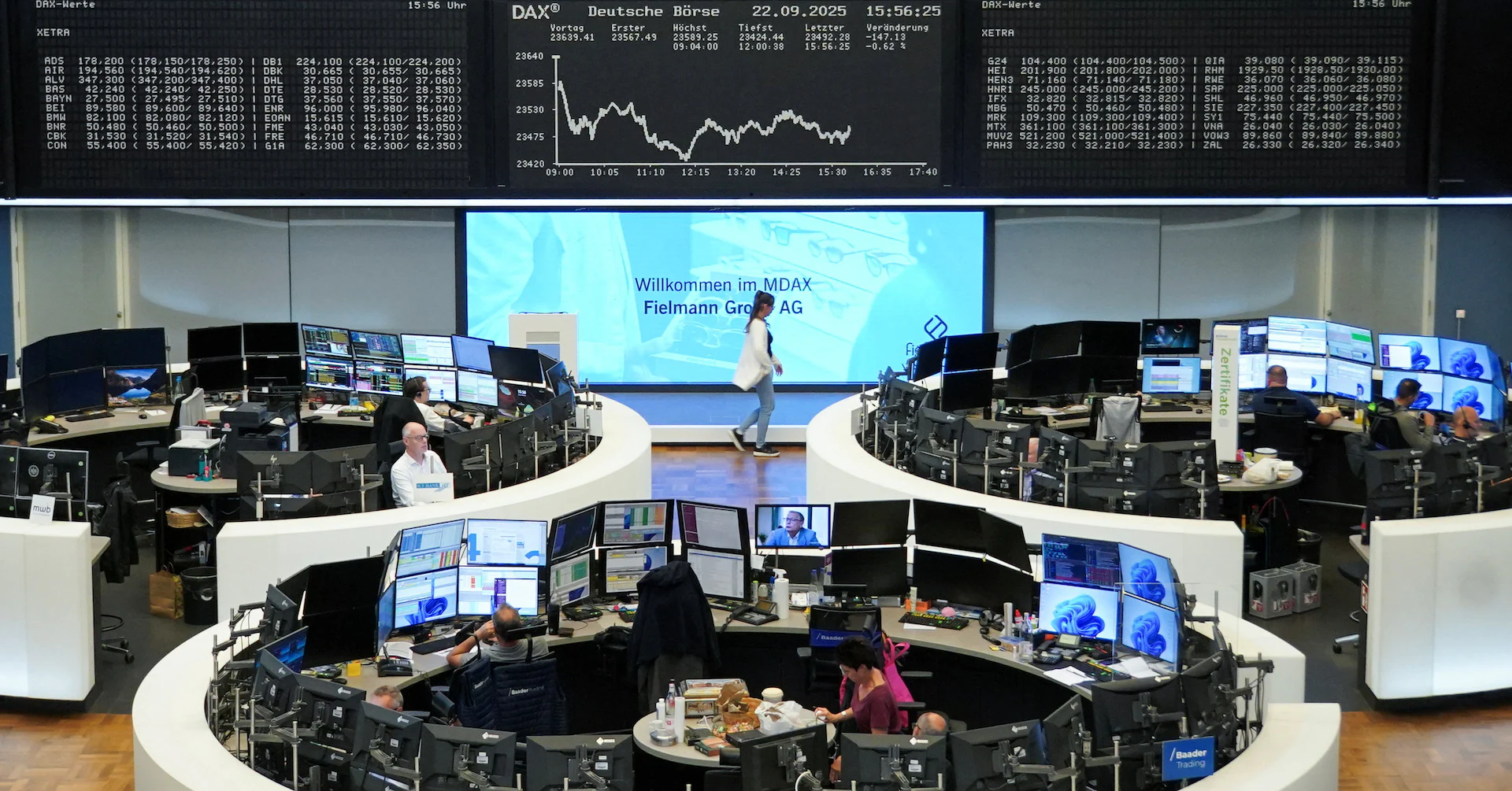By Stabroek News
Copyright stabroeknews

Dear Editor,
The magical city of Chiang Mai, Thailand’s “Rose of the North” is Georgetown’s unknown soul sister. At Chiang Mai’s heart lies a centuries-old canal that rings the city. Once a defensive moat, it’s now reborn as a civic promenade where people gather as the sun begins its descent behind Doi Suthep. Fountains rise into the orange glow of the sunset, trees share their shadows across walkways, children chase one another playfully along the water’s edge, and families linger on benches, enjoying the play of light on rippling water. It is not merely a canal, but a stage where a vibrant civic life and leisure unfolds and is enacted daily.
Chiang Mai’s charm is not foreign to Georgetown’s rich history. Our own capital was once the “Garden City of the Caribbean,” shaped by its waterways. Avenue of the Republic, Church Street, Carmichael Street, and the Lamaha Canal once shimmered with order, symmetry, and lush greenery. Palms and flowering trees lined the canals; water cooled the manicured streets. These spaces created identity and pride. Sadly, today, many of these waterways are hidden under weeds, clogged with refuse, or reduced to functional drains. Yet, just as Chiang Mai has shown, they can be re-imagined and reborn.
Imagine Avenue of the Republic transformed into a tree-lined promenade: its canal restored, its red-brick edges softened by flowering bougainvillea and yellow poui, with fountains sending arcs of spray into the fresh Atlantic air. Picture families strolling safely along walkways, cyclists gliding past, vendors offering coconut water and art with music drifting from nearby cafés. Imagine the Lamaha Canal reinvented as a civic corridor, with gardens, play spaces, and open-air Bali-styled restaurants where water, greenery, and light make daily life pulsating in cultural richness.
This is more than beautification: it is about creating a civic identity. In Chiang Mai, canals and public spaces draw not only international visitors but also Thai families from other provinces who travel on weekends simply to experience the chic, laid-back lifestyle of the city. They come not only to see but to enjoy, to walk, to sit, to linger, to be. This is lifestyle tourism, and it strengthens community pride. Georgetown, too, could become such a destination, a place where residents of Region Three, Linden, Mahaica, and even Essequibo come into the capital not just for business and leave in a hurry, but to stay and enjoy its charming civic life. This shift from an ethnic to a civic feeling of belonging is precisely the modern identity Guyana’s progressive government is building.
The economic lessons, too, are clear. In Thailand, tourism contributes around USD 65–70 billion annually (yes!), nearly 20% of GDP in peak years. In 2023, Chiang Mai with just about 1.5 million people generated about USD 3 billion in tourism revenues, with millions of domestic and foreign visitors. Events like the Chiang Mai Flower Festival, held each February, bring the city alive: more than forty floral floats shaped into temples and mythic animals parade through streets; traditional dancers in bright northern Thai costumes perform; parks bloom with orchids, rose, hibiscus and chrysanthemums; the air fills with fragrance and soft music. Tens of thousands travel from across Thailand for the festival, alongside visitors from abroad, generating more than USD 14 million for the local economy in just a few days. These spectacles are not only festivals: they are annual civic rituals that reinforce pride and occasions to perform civic identity. “God’s classroom in the air,” reinvented.
Georgetown can achieve the same magic. Imagine a restored Lamaha Canal becoming the stage for our own annual flower festival, blending Guyana’s orchids, bougainvillea, palms, and hibiscus into floats, performances, and displays that celebrate our diversity and creativity. Imagine the Avenue of the Republic as a living gallery, where water and light frame cultural life in a dazzling Sound and Light show every month. Such events and spaces would not only attract tourists from overseas but also create domestic tourism within Guyana, drawing families into an immersive experience of our capital’s modern civic lifestyle.
To move forward, Guyana should not simply send a delegation to study Chiang Mai: we should go further and twin Georgetown with Chiang Mai. Twinning opens the door to technical exchanges in city design, shared cultural programmes, reciprocal tourism promotion, and mutual learning. It would be a gateway for Guyana to draw lessons from Thailand’s broader tourism success, lessons in heritage renewal, destination branding, festival culture, and lifestyle tourism. This partnership would anchor Georgetown’s renewal in a tested model, while projecting Guyana into a global conversation about modern, livable cities.
This vision builds on work already begun. The First Lady’s leadership in beautifying the ‘Georgetown Seawall’ has proven how transformation restores civic pride. Minister Susan Rodrigues, whose exceptional record at Housing now continues at Tourism, is the ideal person to champion a project of this scale. With her infectious charm, energy and vision, the twinning of Georgetown and Chiang Mai could see our capital rapidly turn into Naipaul’’s “gold of imagination”.
If Chiang Mai could turn an ancient moat into a vibrant stage of civic life, Georgetown too can breathe new life into its canals. The reward will not only be beauty, but a capital where our people come together as citizens, where civic pride flourishes, where tourism thrives, and where Georgetown reclaims its title as the Garden City of the Caribbean. This future is around the corner as Chiang Mai offers a template, with history and love. It’s ours to discover.
Dr. Walter H Persaud



